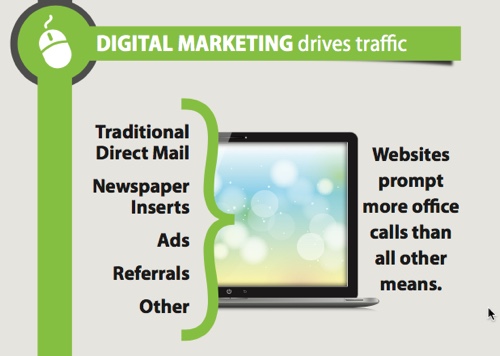Enhancing Learning: Resolving Auditory Processing Issues In Dyslexia
Enhancing Learning: Resolving Auditory Processing Issues In Dyslexia
Blog Article
Web Content Writer-Bock Stiles
When you consider the difficulties that dyslexic students deal with, it's clear that auditory processing concerns frequently play a substantial function. You could ask yourself exactly how tailored techniques can bridge the gap in between acoustic instructions and comprehension. By incorporating autism tutoring near me and breaking tasks right into workable steps, you might enhance emphasis and understanding. Nonetheless, the solutions do not stop there. What various other techniques can produce a truly helpful learning environment that fosters success and self-confidence?
Recognizing Dyslexia and Auditory Processing
Dyslexia affects roughly 1 in 5 people, making it among the most typical learning disabilities. If you're navigating dyslexia, you might discover that it doesn't just effect reading and writing; it can also influence just how you process auditory information.
Acoustic handling refers to just how your mind translates sounds, including language. When you battle with this, it can bring about challenges in understanding talked directions and adhering to conversations.
You could notice that you typically misinterpret what you hear or that it takes much longer for you to react in conversations. This isn't a representation of your intelligence; it's a specific difficulty pertaining to refining auditory signals.
Understanding this connection is essential due to the fact that it assists make clear why you might excel in visual tasks while dealing with difficulties in tasks that depend on acoustic understanding.
Identifying these difficulties can empower you. By recognizing the ins and outs of dyslexia and auditory processing, you can better advocate for your needs, whether in educational settings or social circumstances.
It's essential to recognize these concerns so you can look for the best assistance and techniques in the future.
Efficient Approaches for Assistance
Navigating the obstacles of acoustic handling can feel frustrating, yet there are effective methods that can help you flourish.
By carrying out these methods, you can enhance your discovering experience and improve your capacity to procedure auditory information.
- ** Make at witts end of aesthetic aids **: Pairing auditory guidelines with visual assistances, like graphes or diagrams, can substantially enhance comprehension.
- ** Break tasks into smaller actions **: Streamlining instructions right into workable portions allows you to focus and refine info more effectively.
- ** Practice energetic paying attention **: Engage in workouts that encourage you to pay attention diligently, such as summarizing what you've listened to or asking inquiries for clarification.
- ** Include visit the following webpage **: Utilize applications or software program made to assist with auditory handling, such as speech-to-text devices or audiobooks, to strengthen knowing.
Creating Supportive Knowing Atmospheres
Creating an encouraging understanding setting is essential for helping individuals with acoustic processing obstacles prosper. Start by reducing interruptions in your class or learning area. Use acoustic panels or soft furnishings to absorb audio, which can aid students concentrate far better. Ensure seating arrangements enable clear sightlines to the instructor and any type of aesthetic help.
Next off, include clear and concise interaction. Talk gradually and make use of straightforward language, checking for comprehending frequently. Motivate students to ask questions if they're unclear. Aesthetic help like charts, representations, and written directions can improve comprehension and retention.
Furthermore, foster a culture of persistence and understanding among peers. Instruct pupils regarding acoustic handling concerns, promoting empathy and assistance. Group activities can be beneficial; simply ensure that roles are clear which students interact to sustain each other.
Finally, supply routine responses. Celebrate progression and accomplishments, despite exactly how little. This motivation builds confidence and strengthens the idea that knowing is a journey.
Conclusion
In your trip to enhance learning for people with dyslexia, consider each method as a stepping stone across a river. By weaving with each other acoustic and aesthetic aids, damaging jobs right into bite-sized items, and supporting a helpful environment, you help produce a bridge to understanding. Remember, cultivating empathy amongst peers and engaging family members can light the course to success. With persistence and dedication, you'll equip learners to overlook obstacles, changing their struggles right into toughness.
